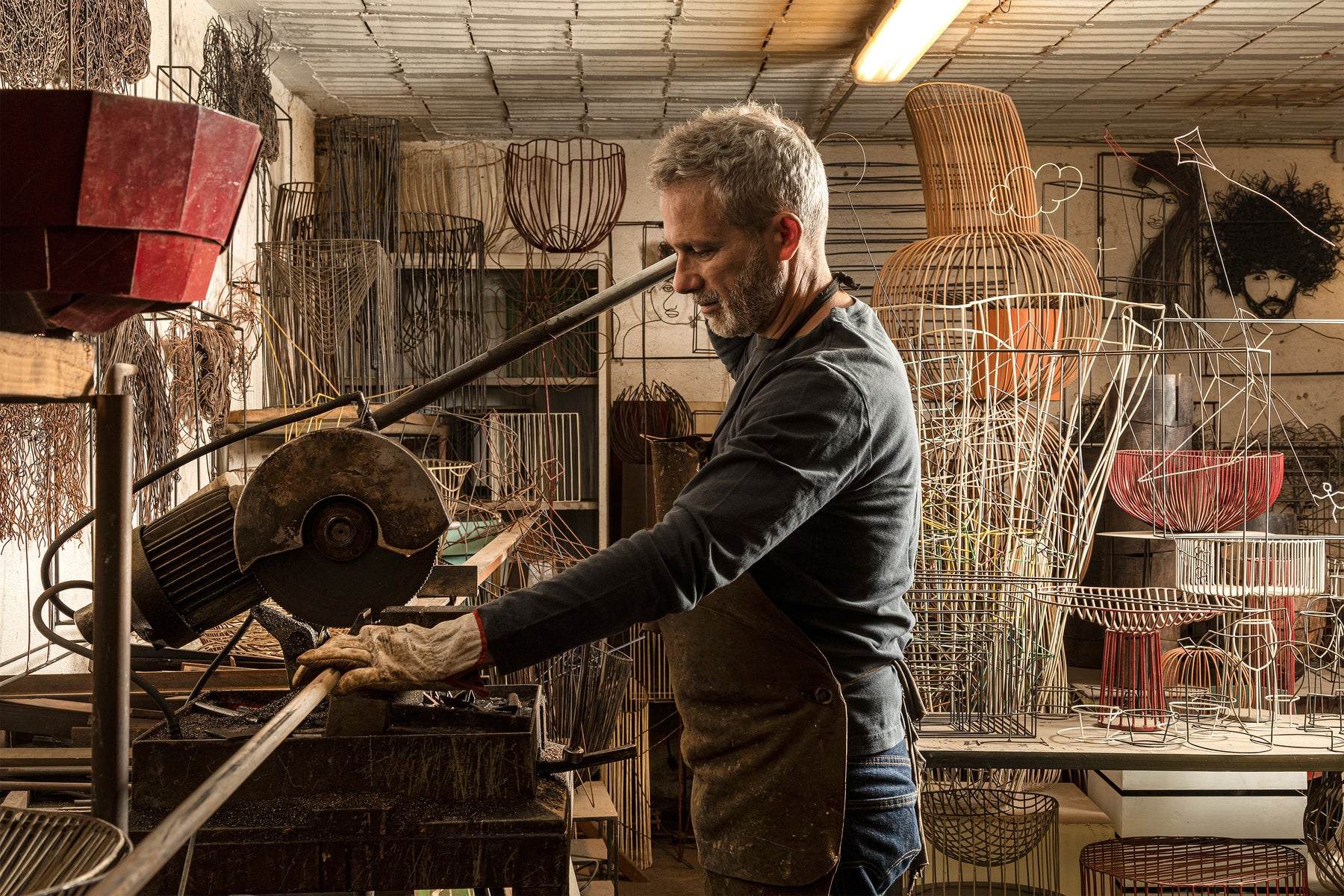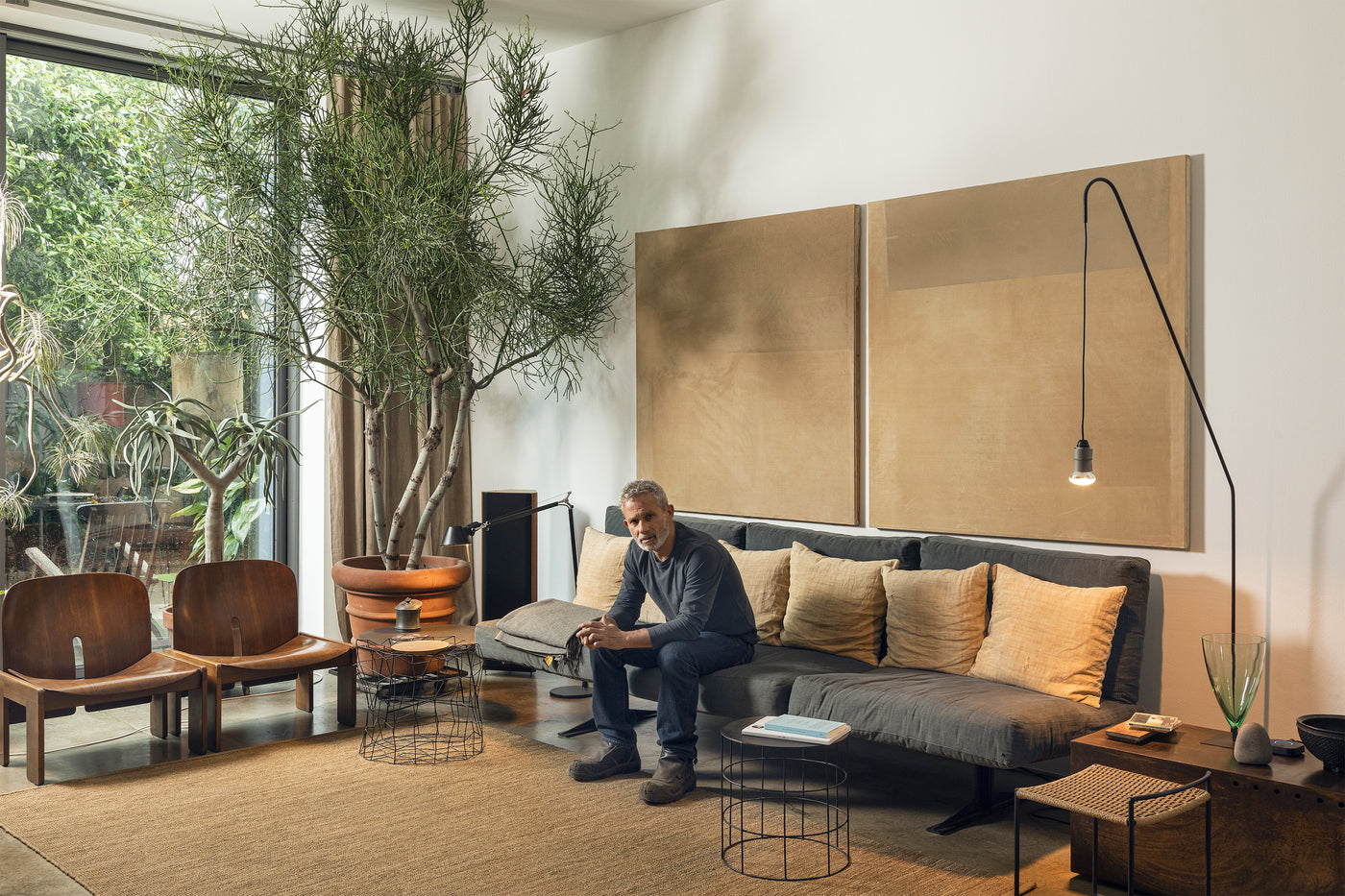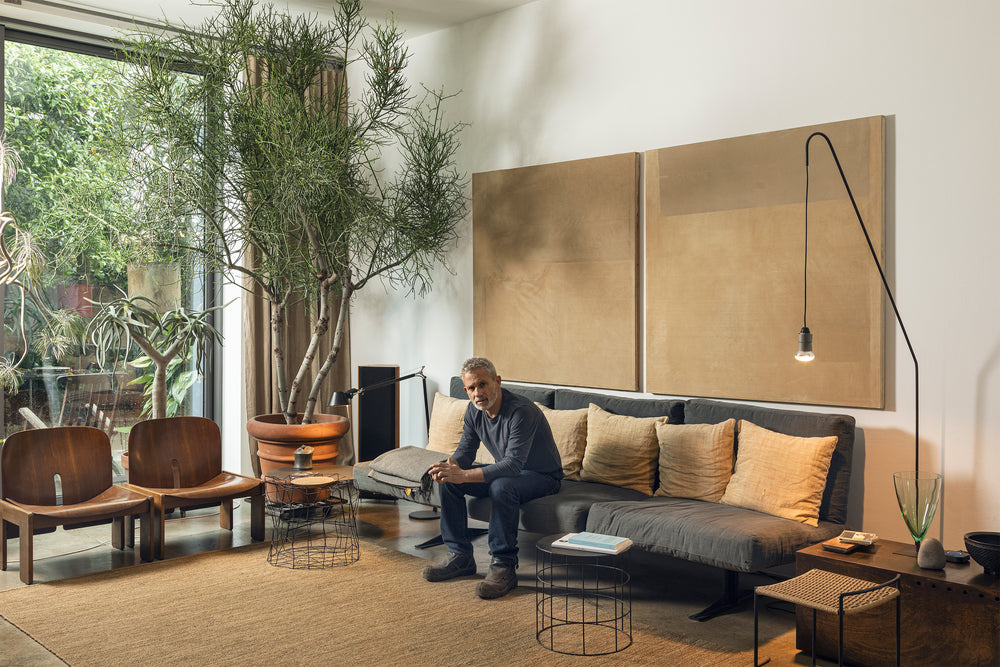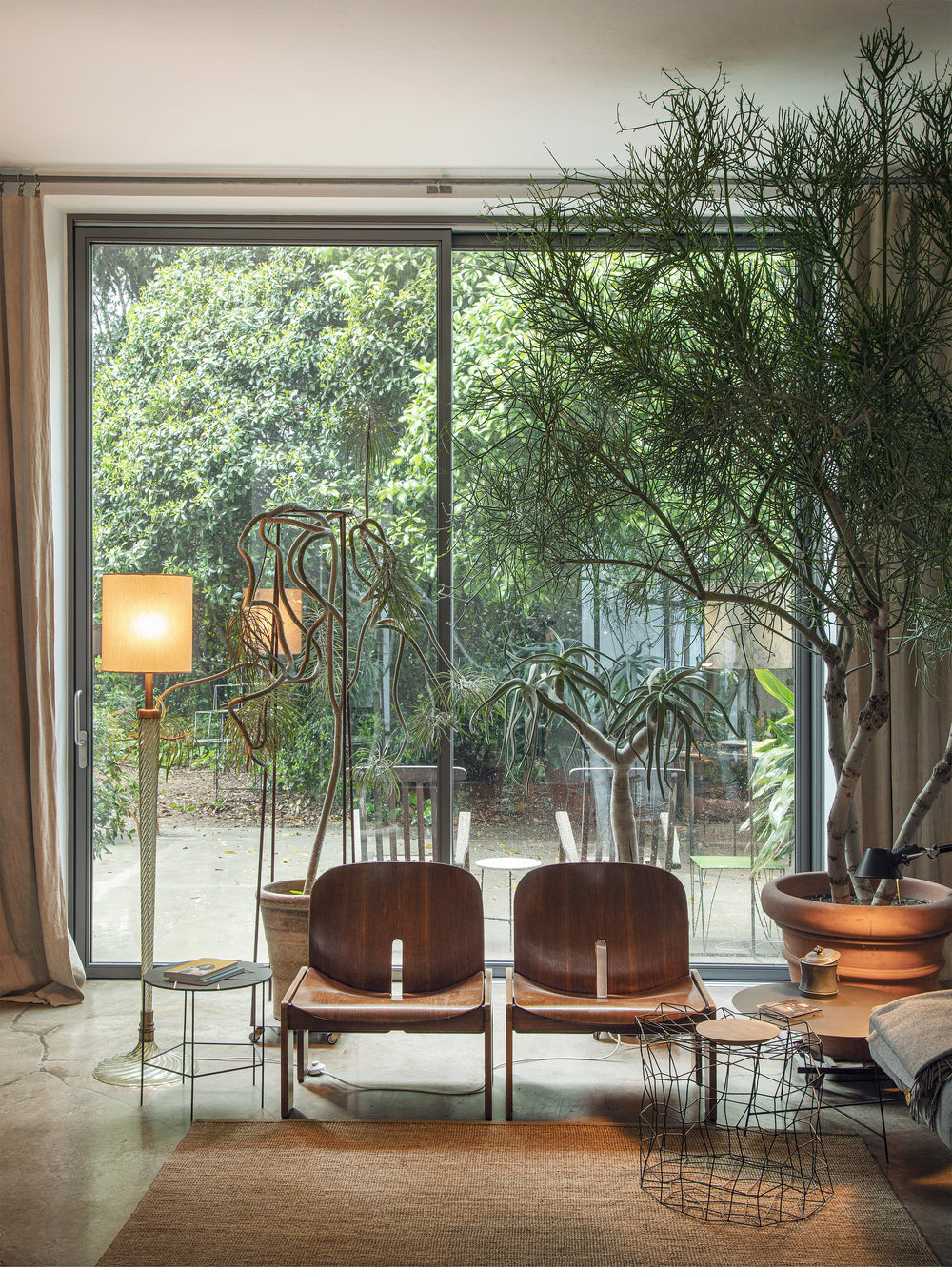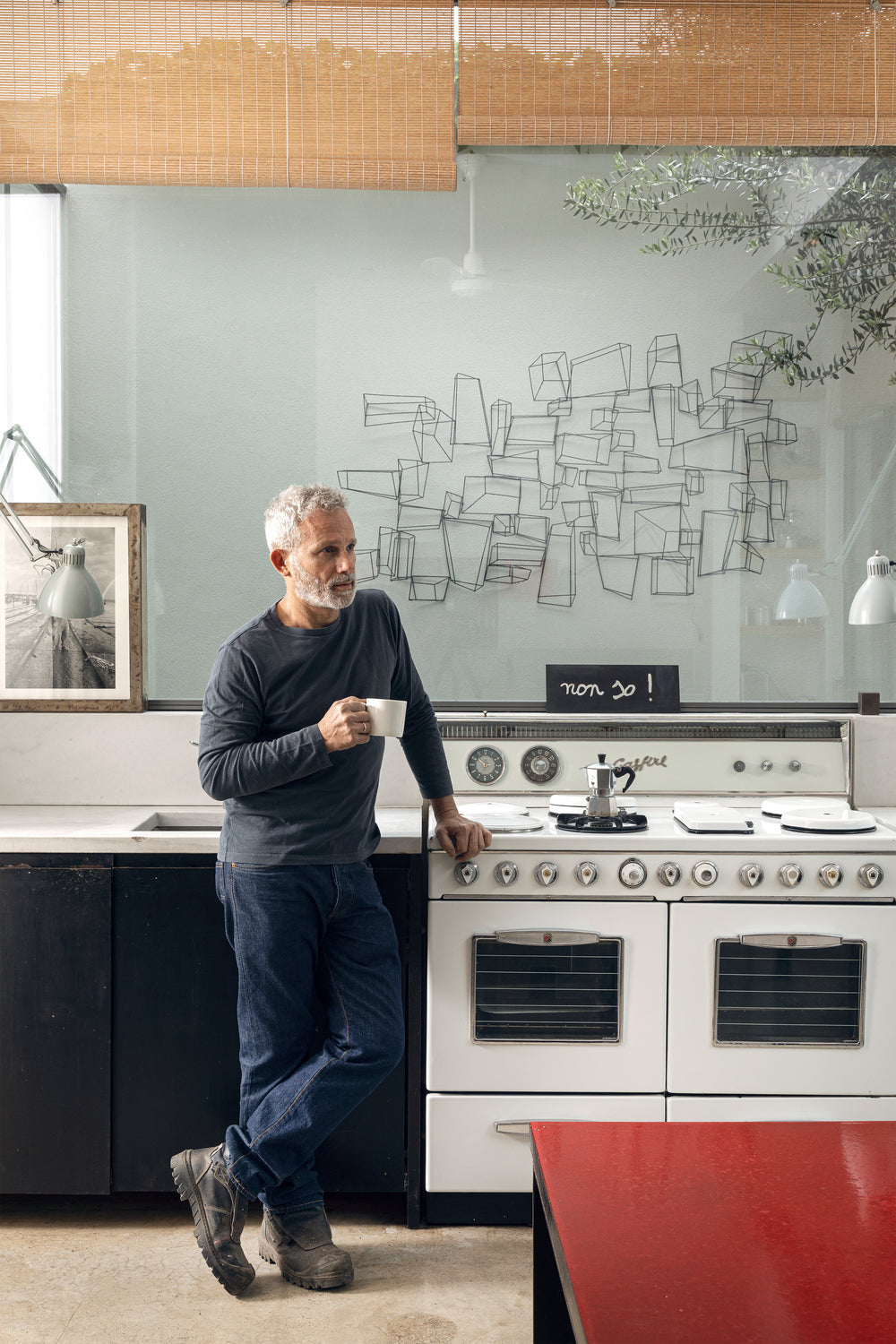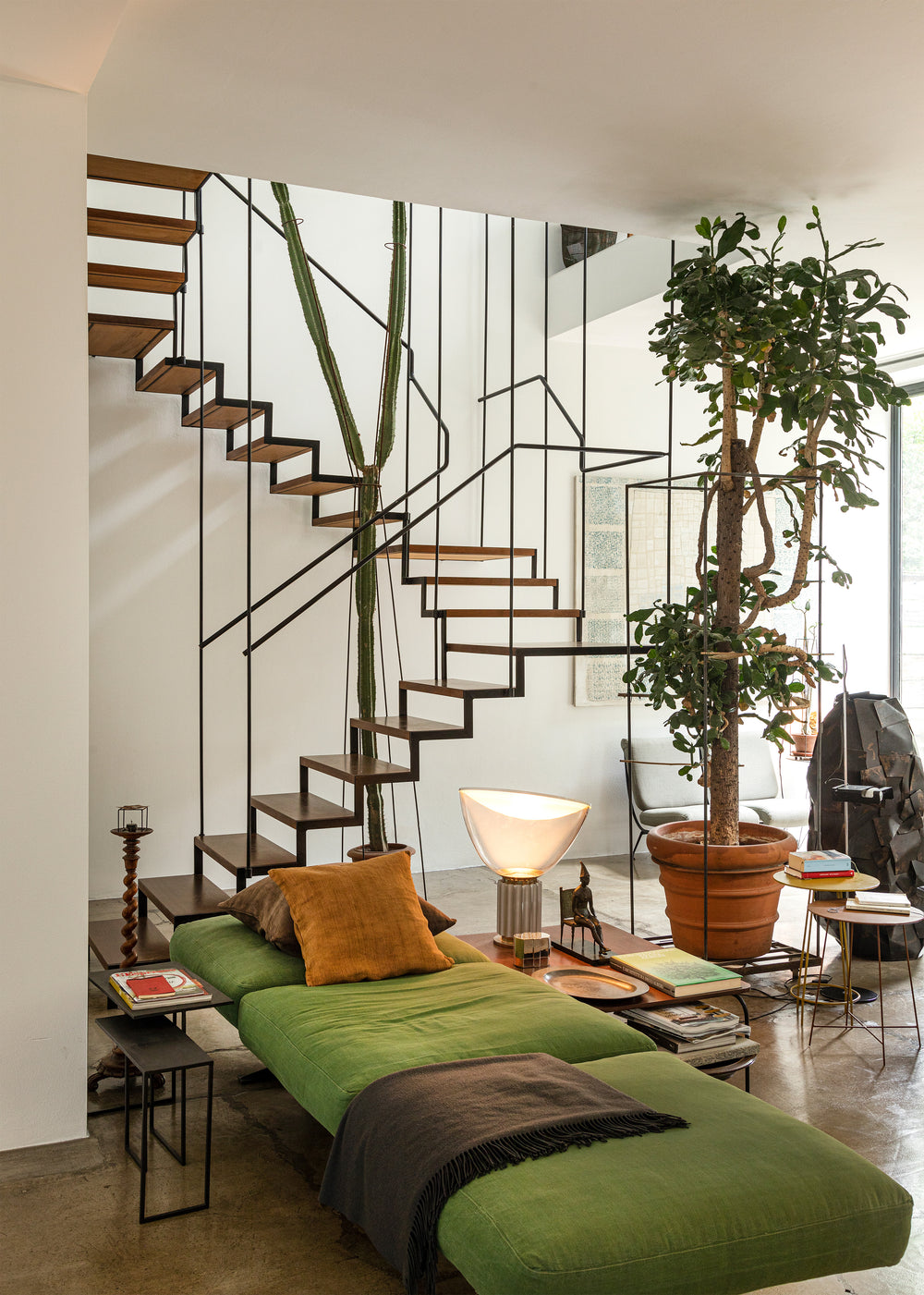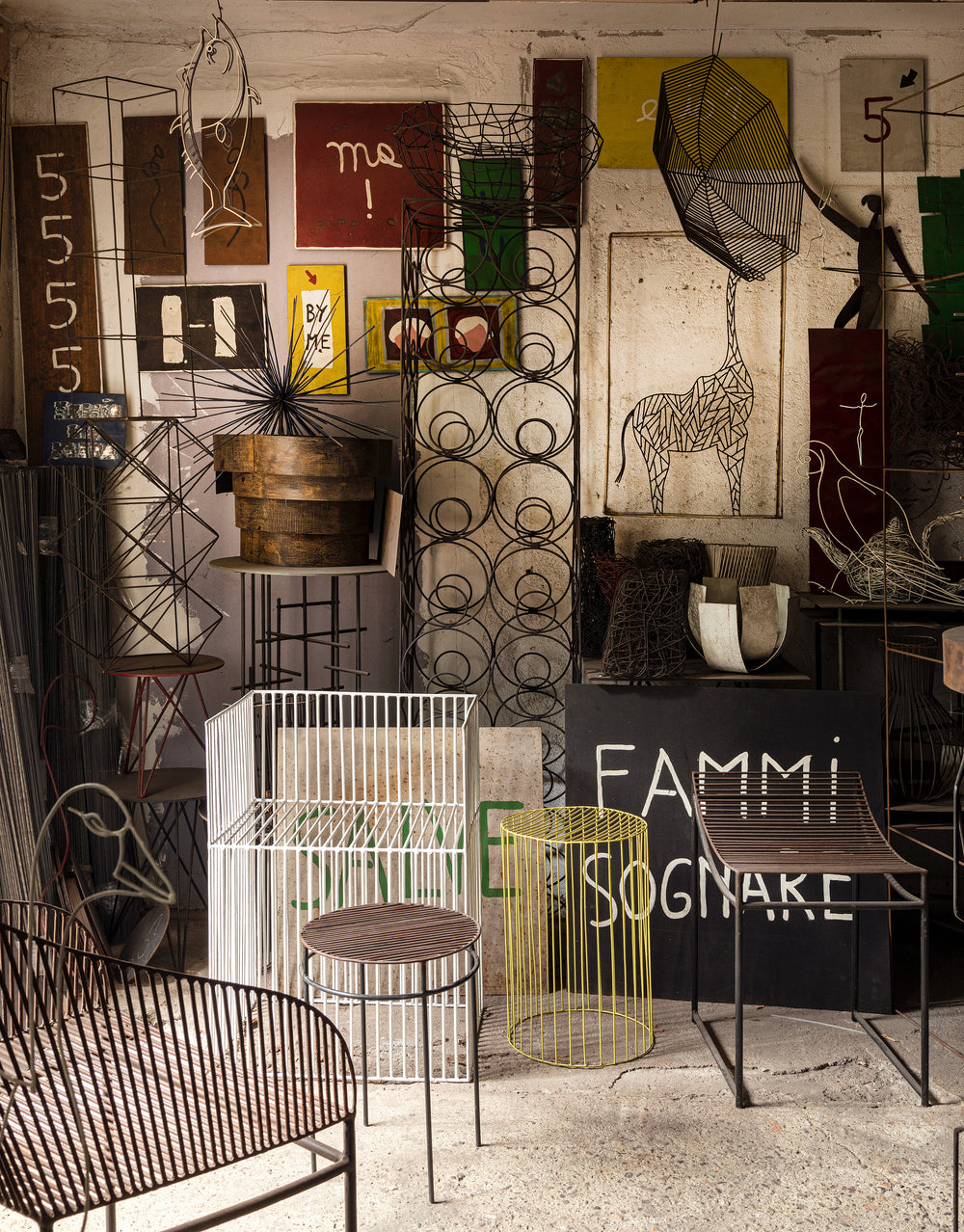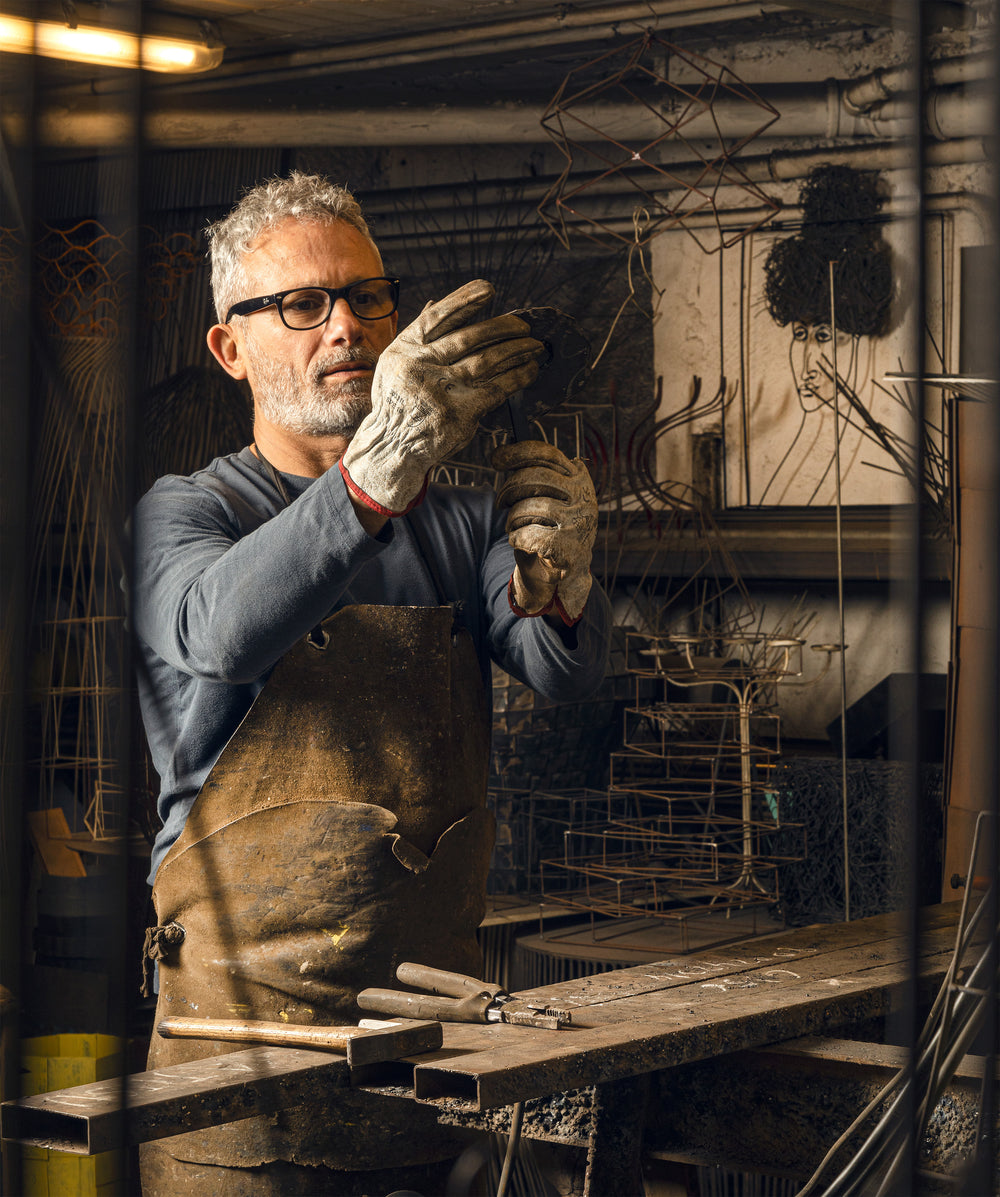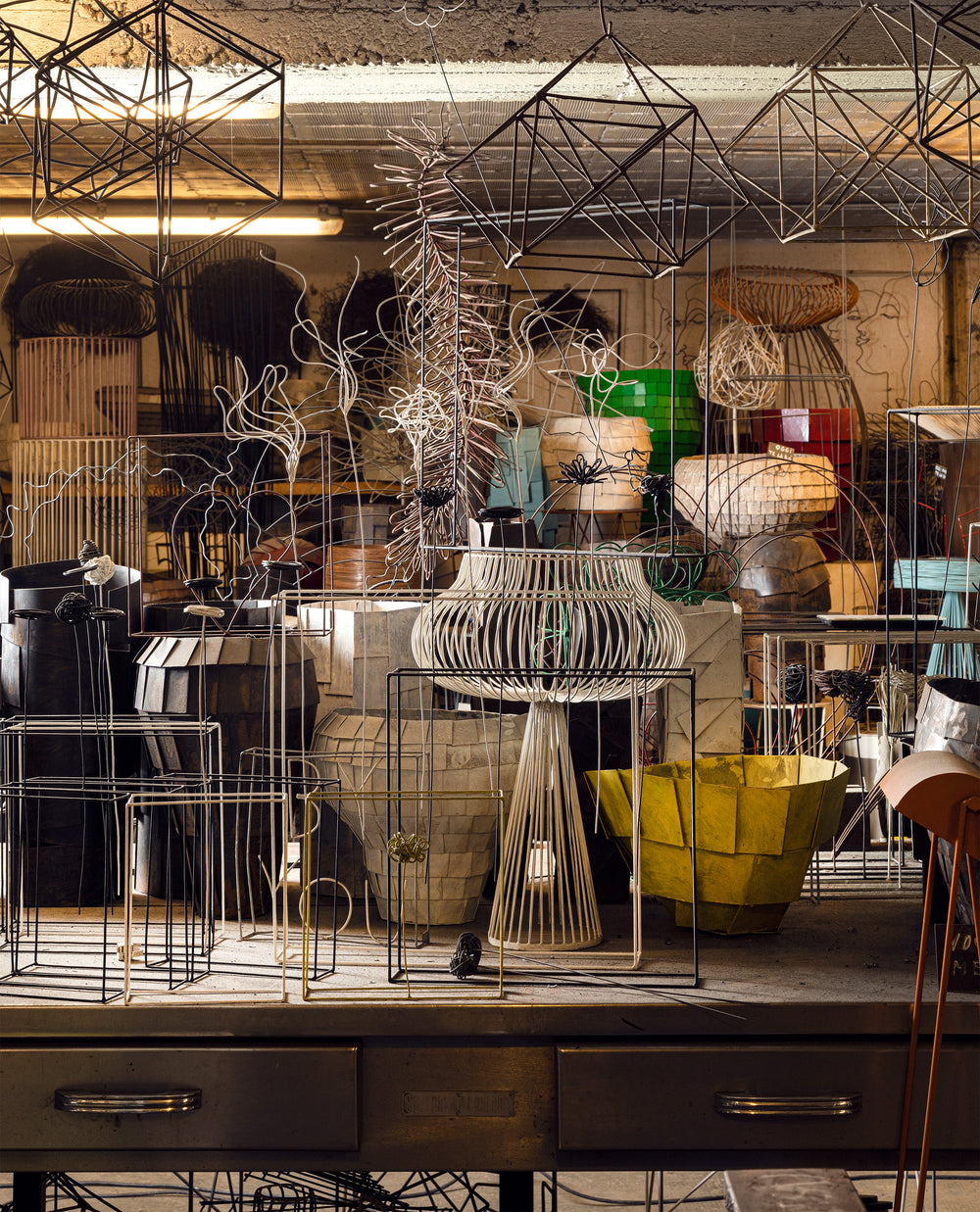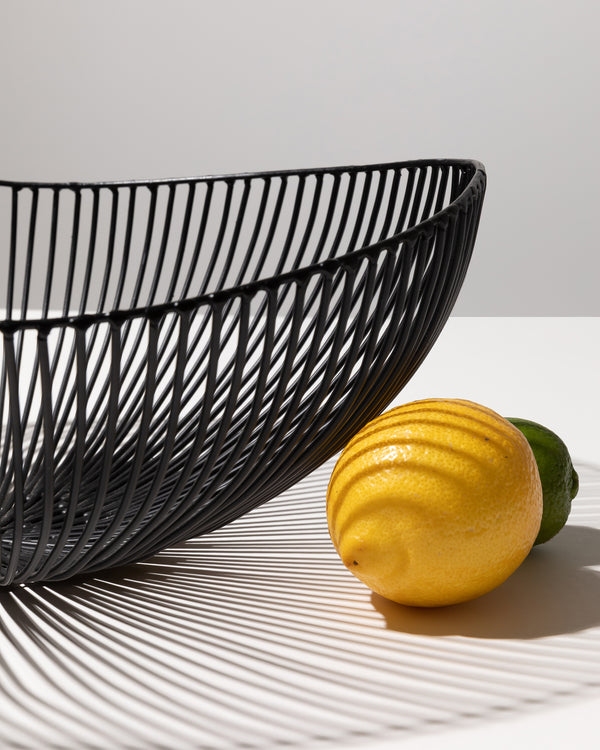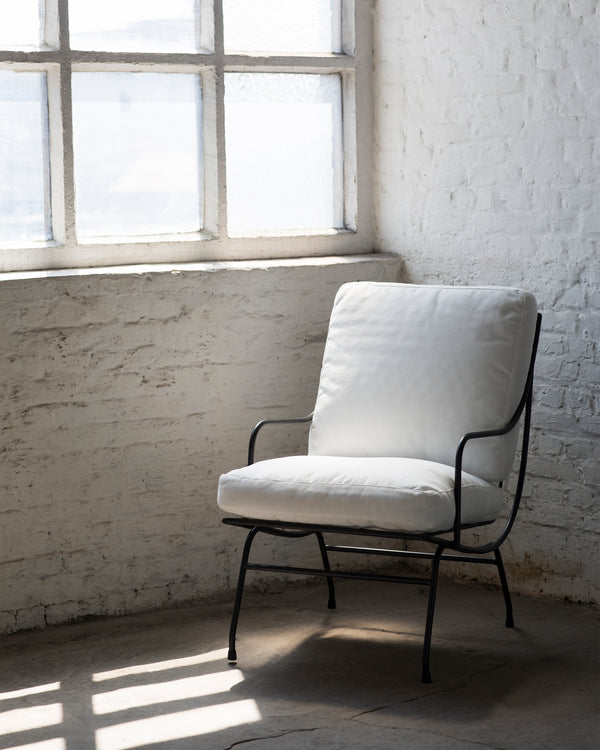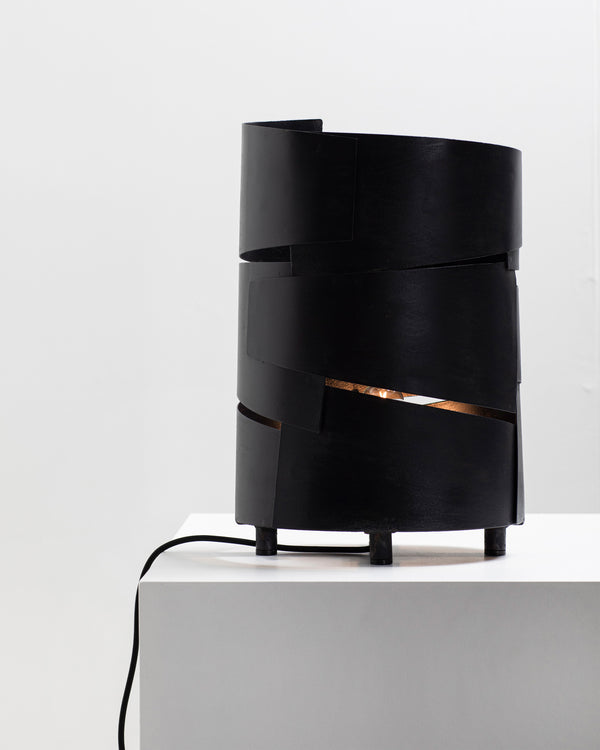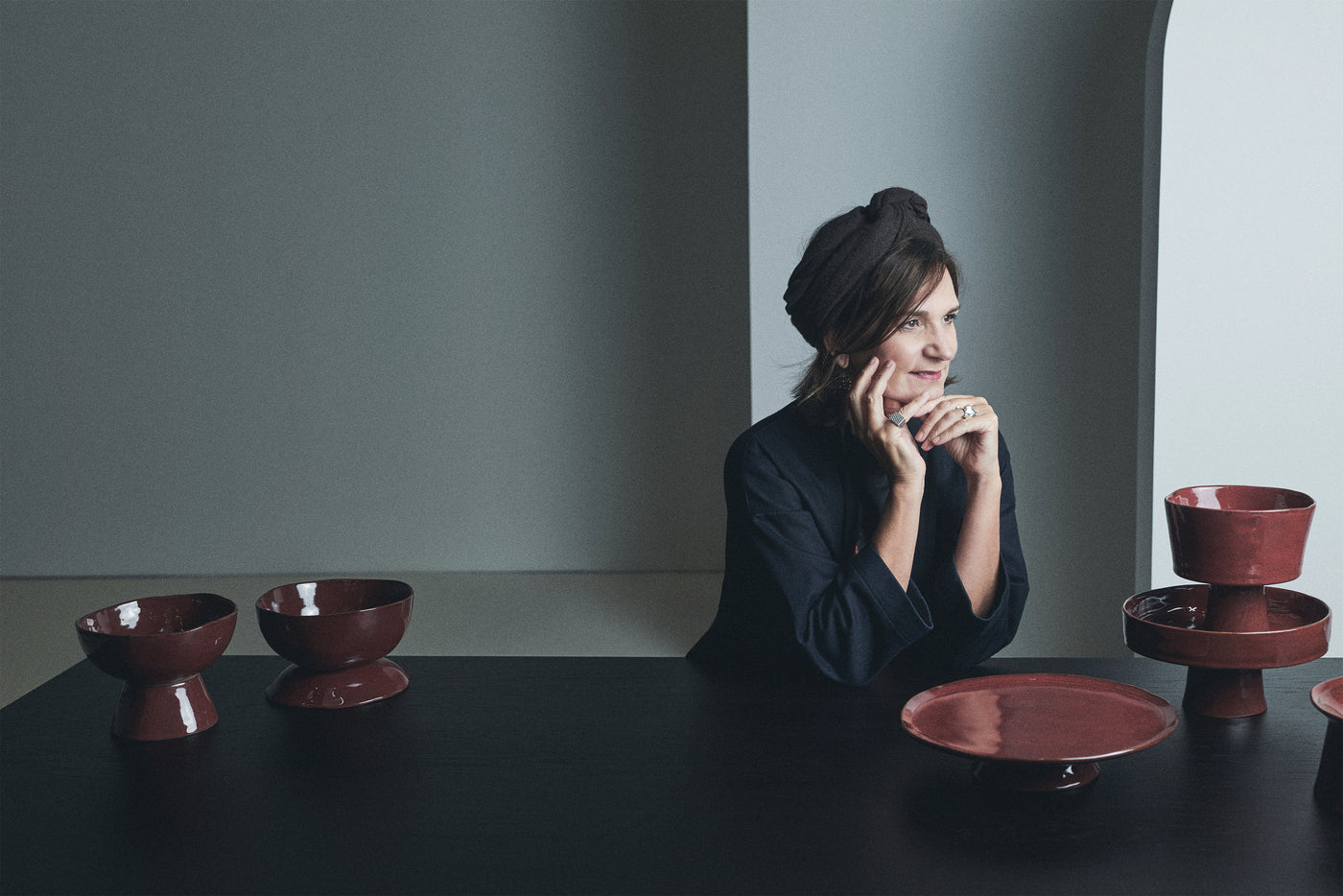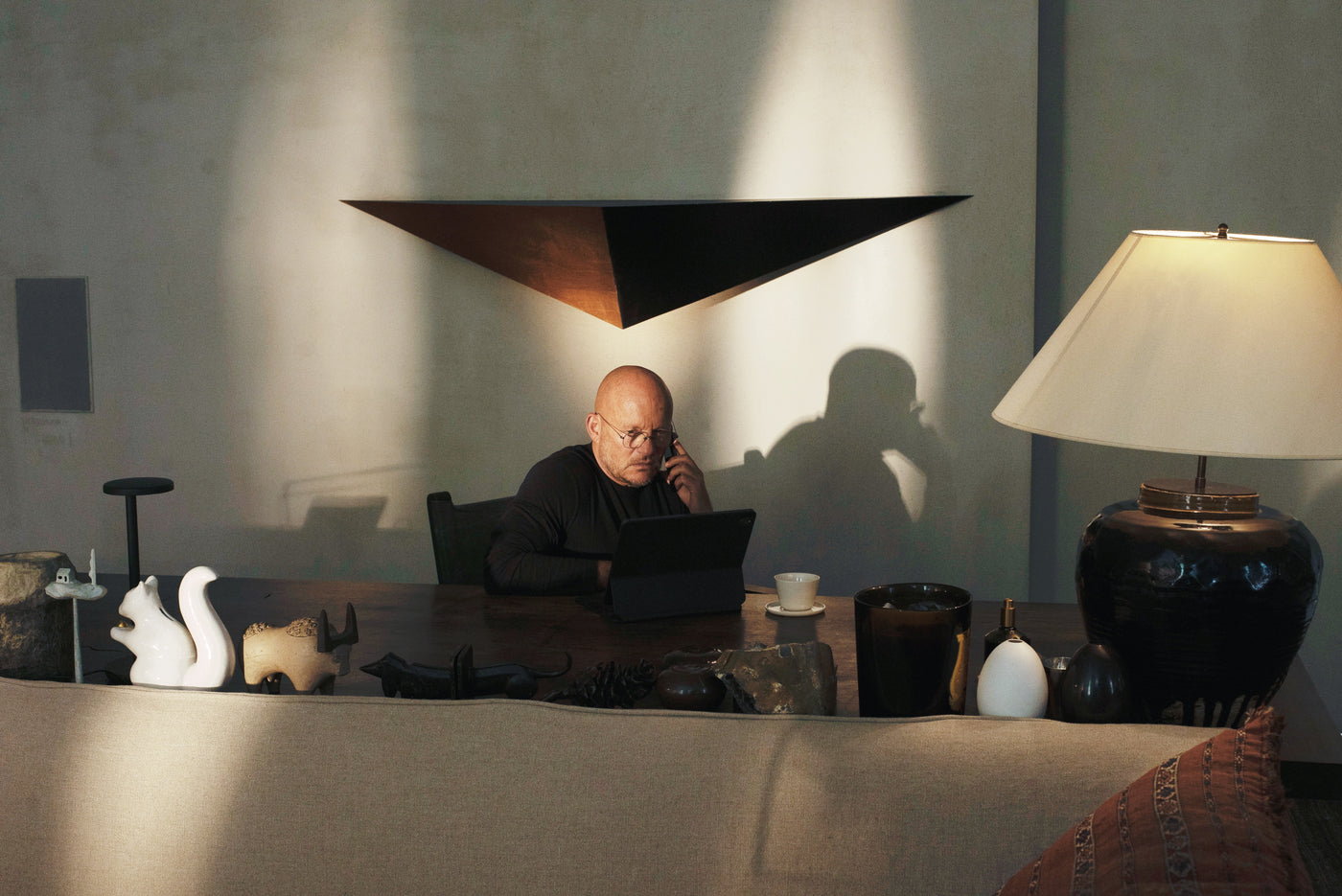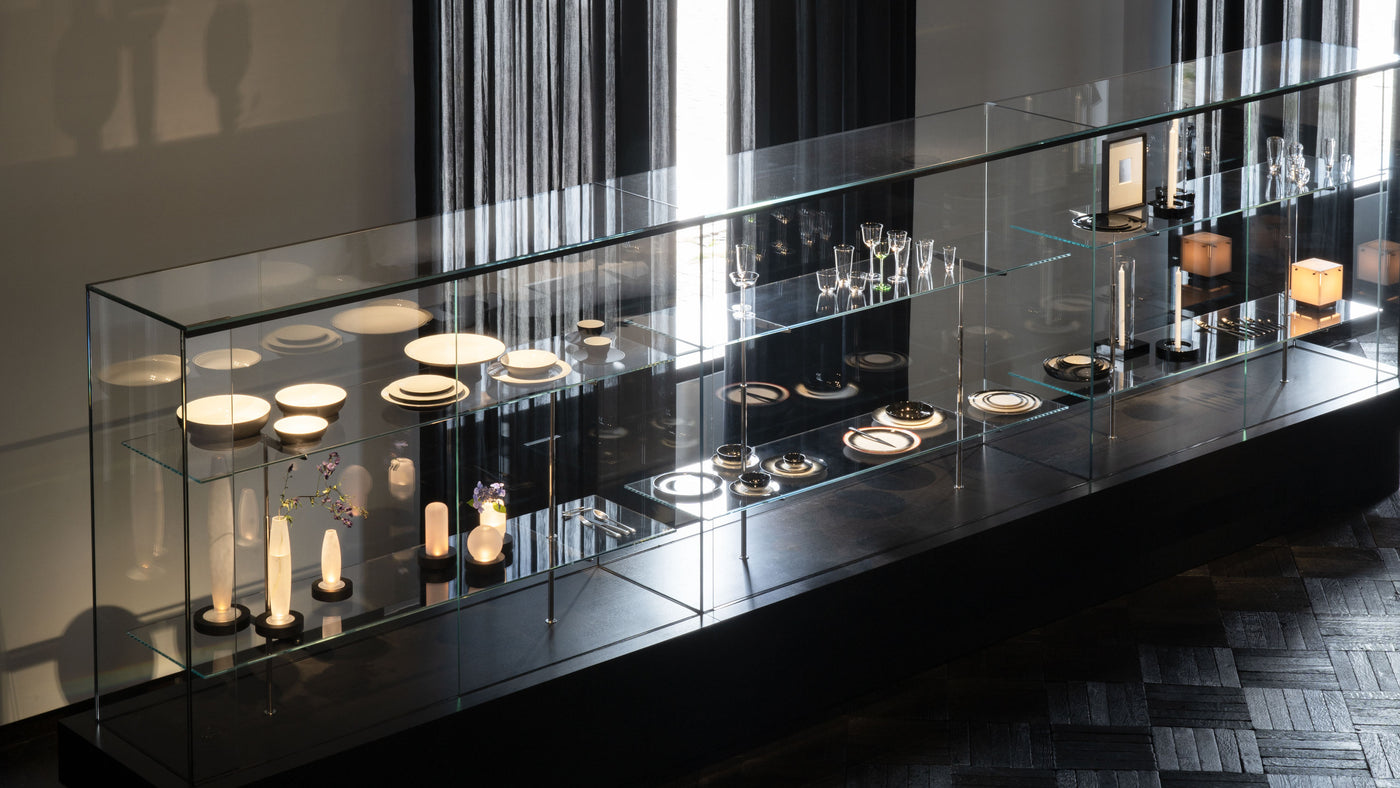Antonino Sciortino (1962) breathes new life into the ancient craft of ironwork. This has very much to do with his remarkable background. Sciortino grew up in his brother's forge in Sicily, but at the same time felt a passion for dance. After a fruitful career as a choreographer, he now forges iron with modern dance in mind. The result looks light-footed, elegant and innovative.

Antonino Sciortinos compelling story begins in Sicily, more specifically in the picturesque town of Bagheria just east of Palermo where he is born into a large Italian family of nine siblings. At the age of eight his brother teaches him the tricks of the art of iron forging in his workshop. “From an early age, iron was to me what paper and crayons are to many other children”, Sciortino explains. “I played around with it.”
It soon becomes apparent that the energetic Antonino is not only passionate about iron, but also about dance. And so the young man enrolls in the dance school of Palermo. Antonino appears to have a talent for movement. As a dancer and choreographer he builds up a great career and reaches the highest level, contributing to TV shows for major Latin pop stars such as Ricky Martin and Julio Iglesias. But professional dance unfortunately comes with an early retirement age. When Antonino turns forty he decides to say goodbye to dance and dedicates his time to his second passion: iron. In 2003, he settles in Via Savona in Milan, a street known for its design workshops, and begins a second life as a blacksmith. This takes him back to his childhood.
Don't call Sciortino simply an ironsmith. Instead of preserving the traditions of the old craft, he experiments with form and lightness, looking for a way to connect the light-footedness of dance with the heaviness of iron. His search leads him to 'filo cotto'. The literal translation is: boiled thread. “Filo cotto is mainly used to tie iron bars together in the workshop”, Sciortino tells. “It is often discarded afterwards. I recovered it and subsequently bended and welded it into imaginative forms”. Filo cotto allows him to transfer the movement he experienced as a dancer to ironwork.
Today the name of Antonino Sciortino stands synonymous for ironwork with the right balance between elegance and playfulness. Whether he produces a piece of furniture or a work of art, movement and joie de vivre are never far away. “Iron has accompanied me all my life. I have learned to use its softness, exploit its strength and play with its natural colors.” Each work reflects the eclectic spirit of Sciortino himself, who time and again weaves lightness and heaviness into an artistic and desirable object that dances while standing still.
